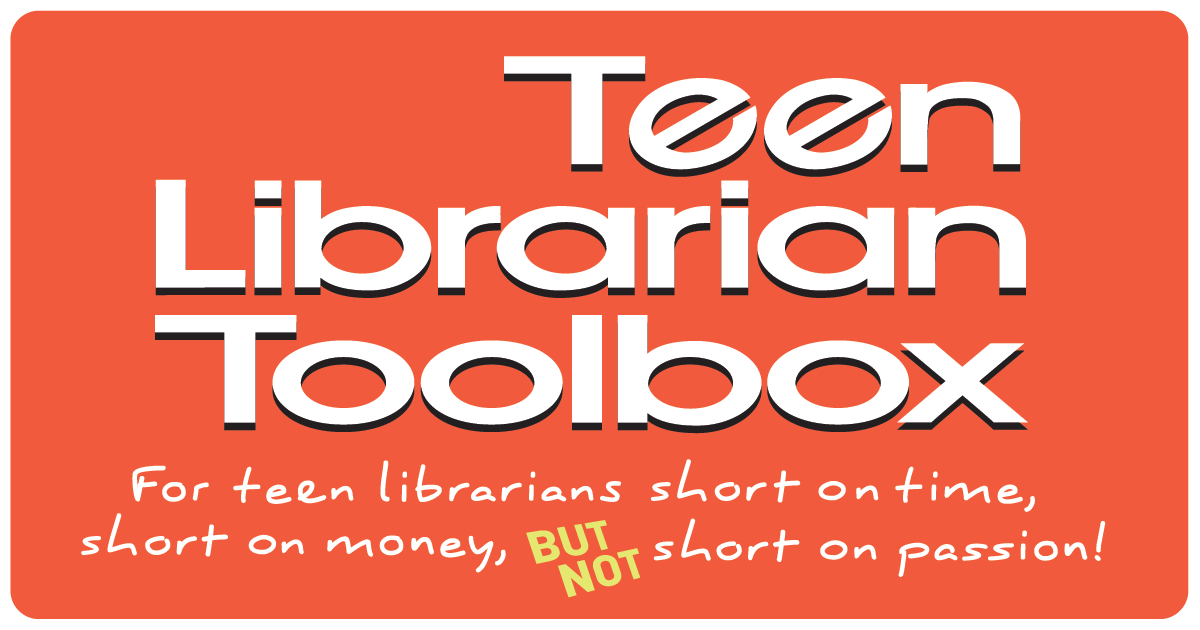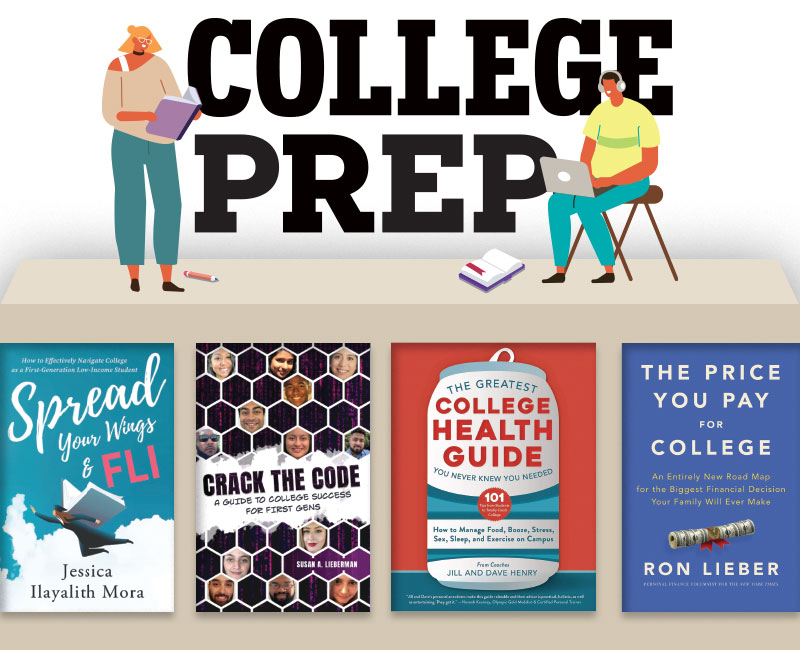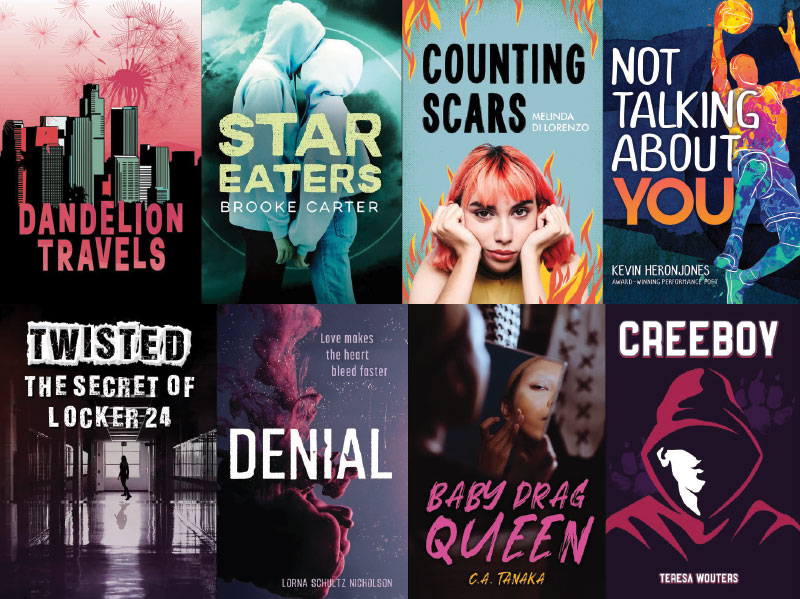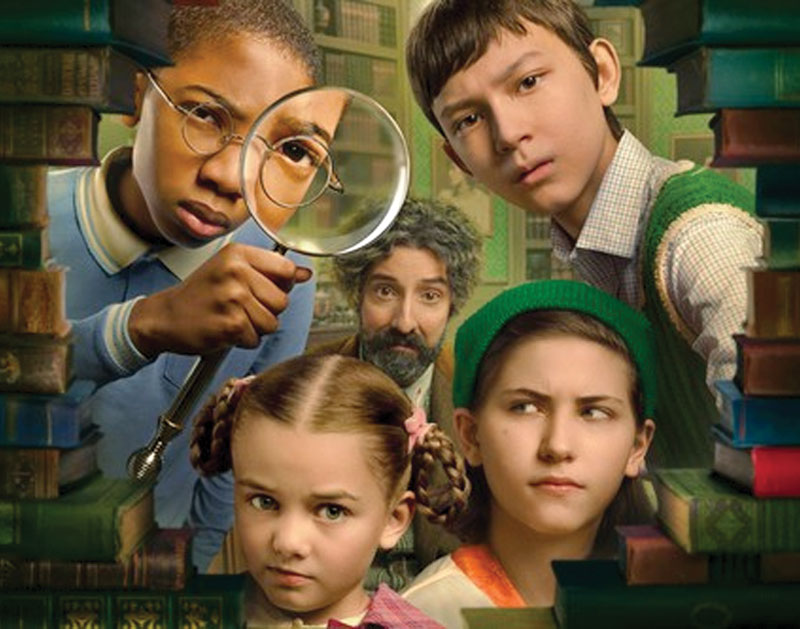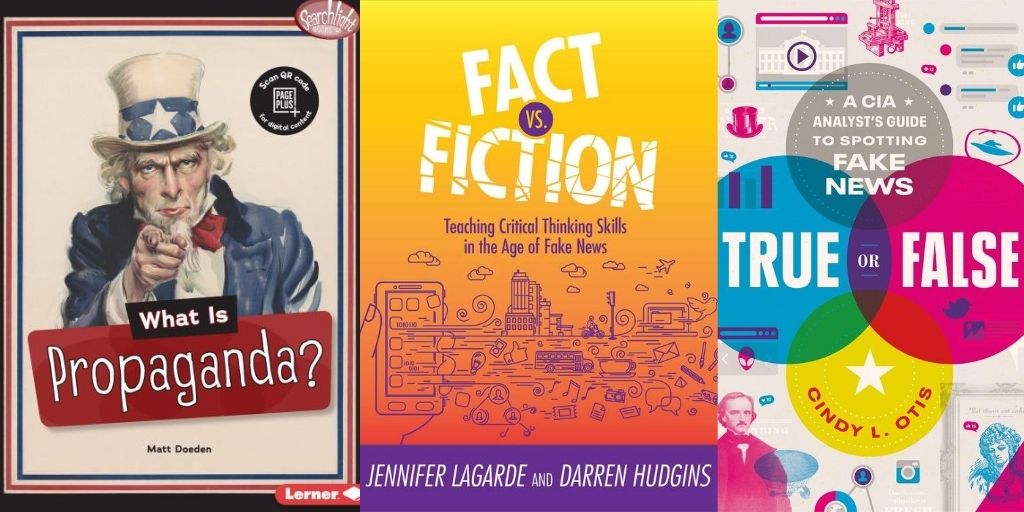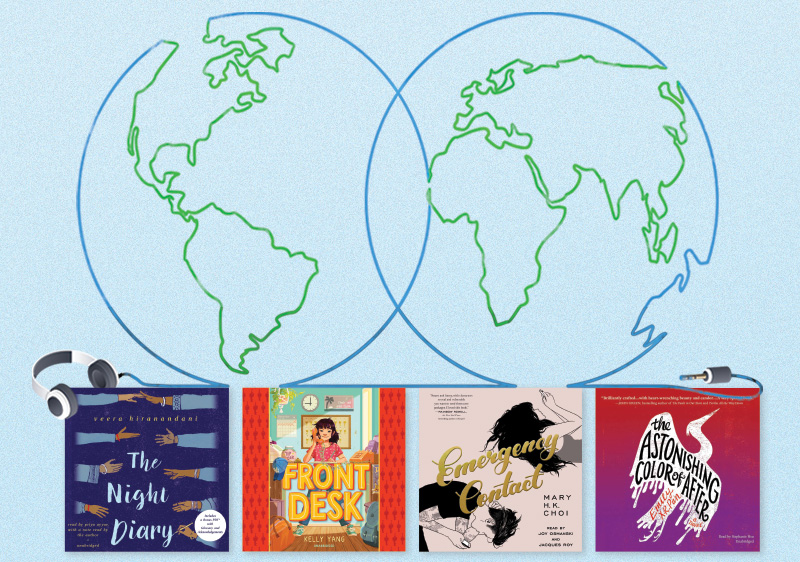The magic of seeing ALL of yourself in media, a guest post by Katryn Bury
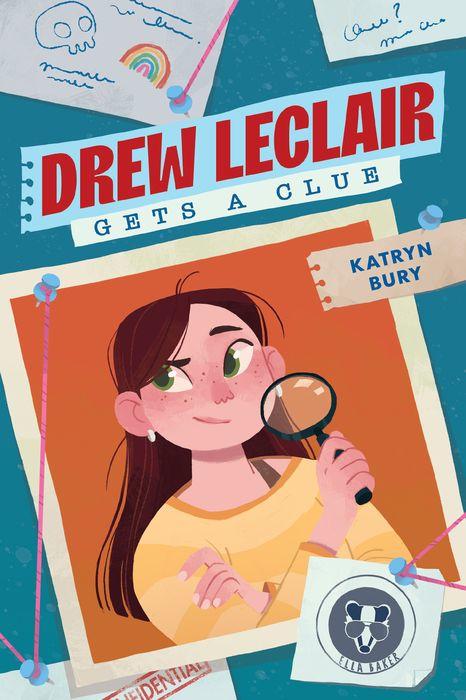
Like most of the world, I found myself utterly enchanted (pun intended) by Disney’s latest film, Encanto. With the easy excuse of having a six year-old, it was easy to find time to watch it. Then, another time. Then, five more times. Yes. I’m obsessed. For weeks, my daughter and I have been singing “We Don’t Talk About Bruno” and “Surface Pressure.” We’ve been eating arepas con queso. We pretend that our house is as sentient as the lovable and anthropomorphic casita.
But, somewhere past the magic and wonderful music, I started to see the true power of Encanto: it doesn’t have just one message. It doesn’t even have one journey. Mirabel’s sisters shine as much as our “princess” and they each have their own relatable arcs (hello, Luisa). In fact, if you want to take one moral from the story, it’s that we are more than our gifts or our flaws. We are many things, and that’s what makes us beautiful.
ADVERTISEMENT
ADVERTISEMENT
So, why can’t we write to see all of us in books?
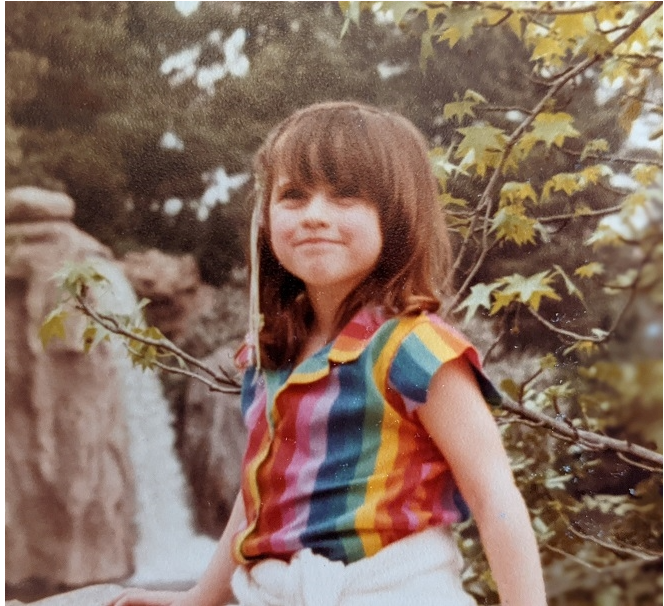
Growing up, I was too many things. I was born sick, but it wasn’t just one illness. I had stomach issues, severe asthma and allergies, and debilitating social anxiety. I was also fat. Also (secretly) bisexual. Later, there was cancer. Yikes. That’s just too much! Pick one struggle was the message I was getting from the people around me.
Although I was lucky enough to have a family who loved me for me, (all of me, all of me, weep!) my teachers and peers weren’t convinced. It was too hard to comprehend someone who could be all those things and still be a person. I was also creative and funny, but there was too much noise to see those traits. My disabilities were at the center of my identity.
Can a person be smart, funny, fat, queer, anxious, and sick? Nope. Does not compute. Too many things. That’s when the narrative of who I was got cloudier. I didn’t fit, so I was probably lying.
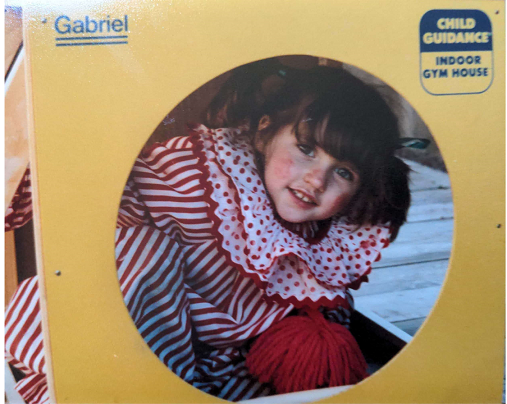
In the media, representation of those parts of me were limited. Most of them were rough. Piggy from Lord of the Flies had asthma, but he was also painted as weak and disposable. Eddie from Stephen King’s It had to take his inhaler so many times, it was assumed he must be a hypochondriac. My best fat representation was found in Courtney Cox wearing a padded suit on Friends. Queer and neurodiversity sotrylines were exclusively tragedies. Each time, the message was clear: this person is one thing, and we can’t process them in any way but through that lens.
All of this was the reason it took me forty years to come out as bisexual. I knew from a fairly young age, and I knew my family would accept me—a privilege I know many people still don’t have today. But, it felt like too many things. I was too much. Not for me, but for people’s comfort. When I had a child, I realized the message that staying in the closet would send. If I chose to hide who I was, should my fantastic daughter hide parts of herself? I couldn’t let that narrative play out a second time.
When I started Drew Leclair Gets a Clue, I was almost ready to give up on writing. I’d written my own story in easily digestible pieces, through several books. One character was sick, the other was bullied, a third one had cancer, and the other was goth and anxious. With Drew, I wanted a character who could be all of it.
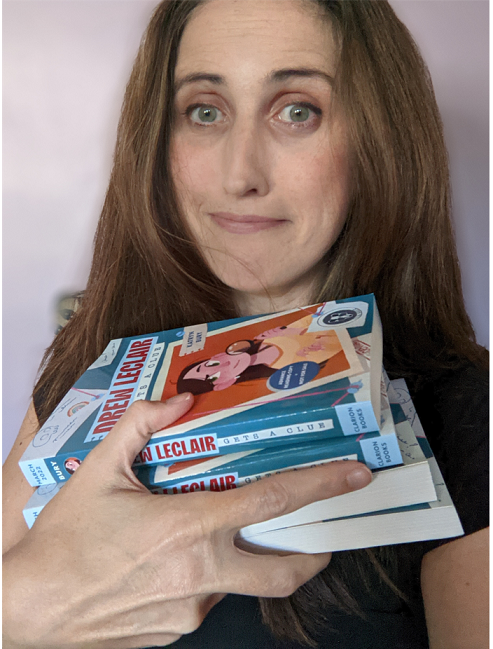
Drew has asthma and an irritable bowel. She likes boys and girls, but she’s not sure she wants to kiss anyone. She has a preternatural obsession with murder than turns off the kids around her. She’s apple-shaped (the shape I will always write until the end of time). She’s also brilliant, driven, and hilarious. She’s all of those things, unapologetically. The best part? None of those things are the point of this book. She can be all of herself and still get to solve a fun, high-stakes mystery.
In my many years as a librarian working with kids, I’ve seen firsthand the power of representation. Seeing a character like us can help us see our way through a problem, or discover a new and wonderful part of ourselves. I’m so thrilled to see the diversity and intersectionality that kidlit has been bringing these past few years. But, I have to admit: it only makes me want more. Drew Leclair is a perfect representation of the type of character I needed to see as a kid. But that representation won’t ring true to everyone, and that’s okay! The more we make books with authentic, multi-dimensional characters, the more we can all see ourselves.
When Mirabel is given her doorknob at the end of Encanto, she sees herself. Every bit of her. And that’s exactly what was needed to save their world. I would love to see us direct this concept towards books for children. When we let children be more than just the sum of their parts, that’s when we’ll truly see the magic in our world.
Meet the author
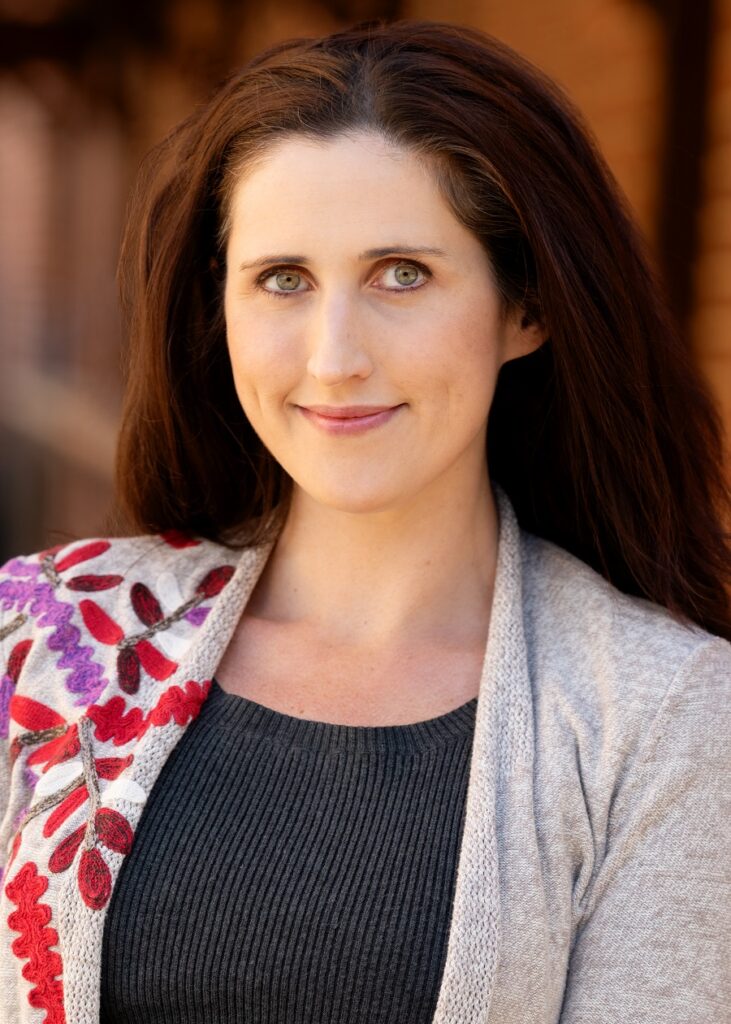
Katryn Bury works with middle grade readers as a youth library technician. A lifelong true crime nerd, she has a bachelor’s degree in sociology and criminology. Her short and serialized fiction can be found in Suspense Magazine and The Sleuth. She lives in Oakland, California with her family and a vast collection of Nancy Drew mysteries.
Website: katrynbury.com
Instagram/Twitter: @katrynwrites
About Drew Leclair Gets A Clue
ADVERTISEMENT
ADVERTISEMENT
In this modern take on Harriet the Spy, twelve-year-old Drew uses her true crime expertise to catch the cyberbully in her school—only to discover that family, friendship, and identity are the hardest mysteries to solve.
Drew Leclair knows what it takes to be a great detective. She’s pored over the cases solved by her hero, criminal profiler Lita Miyamoto. She tracked down the graffiti artist at school, and even solved the mystery of her neighbor’s missing rabbit. But when her mother runs off to Hawaii with the school guidance counselor, Drew is shocked. How did she miss all of the clues?
Drew is determined to keep her family life a secret, even from her best friend. But when a cyberbully starts posting embarrassing rumors about other students at school, it’s only a matter of time before Drew’s secret is out.
Armed with her notebooks full of observations about her classmates, Drew knows what she has to do: profile all of the bullies in her grade to find the culprit. But being a detective is more complicated when the suspects can be your friends. Will Drew crack the case if it means losing the people she cares about most?
ISBN-13: 9780358639602
Publisher: HarperCollins Publishers
Publication date: 03/01/2022
Age Range: 8 – 12 Years
Filed under: Uncategorized
About Amanda MacGregor
Amanda MacGregor works in an elementary library, loves dogs, and can be found on Twitter @CiteSomething.
ADVERTISEMENT
ADVERTISEMENT
SLJ Blog Network
Zachariah OHora on PBS
Cover Reveal and Q&A: Dusti Bowling’s Latest – The Beat I Drum (Apr 2025)
Girlmode | Review
The Seven Bills That Will Safeguard the Future of School Librarianship
Gayle Forman Visits The Yarn!
ADVERTISEMENT

